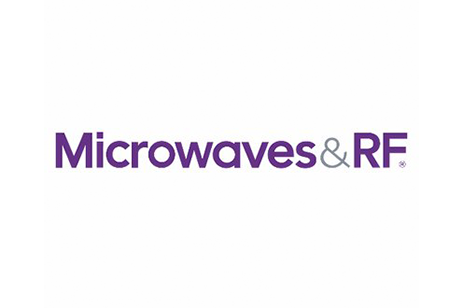
Published in Microwaves & RF
The U.S. Government auctioning off telemetry frequency bands has drastically affected the day-to-day operation of the flight-test community—the increased frequency crowding is reducing operational availability. The government responded with new standards for bandwidth-efficient modulation schemes to “pack” more data bandwidth in the remaining telemetry workspace, allowing the private sector to develop hardware in the new C-band allocations for telemetry.
Telemetry vendors responded first with the spectrum-efficient hardware for both air and ground applications, while the requirements for C-band applications evolved from initial experiments to actual orders.
The ground segment in the U.S. has upgraded to be C-band-capable across the country. Of interest, the commercial occupation of their new ownership of the L- and S-bands (D- and E-bands) is regional, with local test ranges still using the L- and S-bands due to the current availability. In areas of the country where frequency crowding occurs, C-band is widely used with equal activity in L-band as well. The wide variation in frequency-band availability has now put the focus on tri-band transmitters for flight-test operations.
Developing a Tri-Band Transmitter
Curtiss-Wright developed a tri-band transmitter to provide a multi-band solution in a single unit. Thus, engineers can avoid having to replace units to change bands between test flights or when flying from range to range. The transmitter provides lower and upper L-(D)-band, full S-(E)-band, and C-band in a form factor designed to replace many existing field units.
Read the full article.